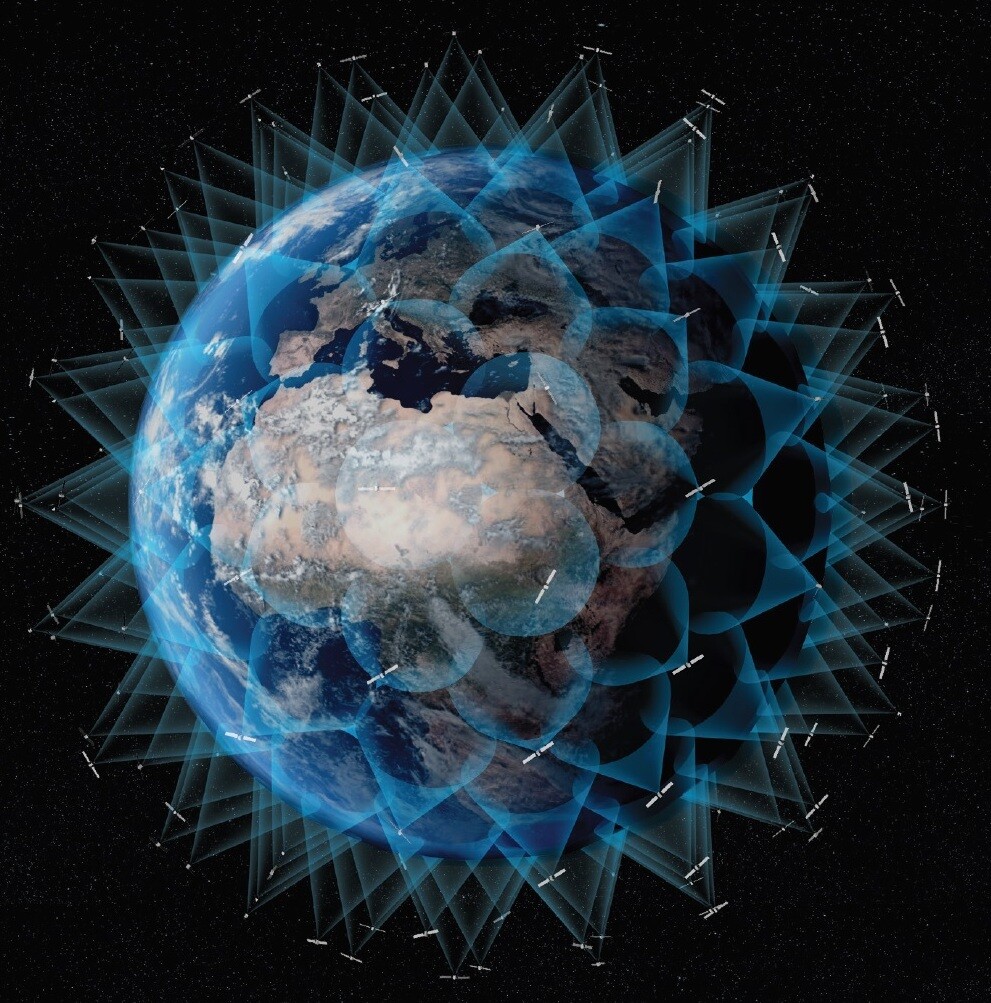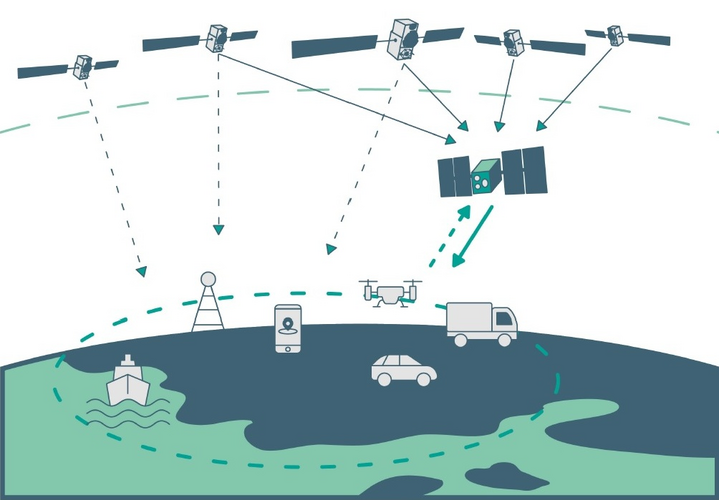- Joined
- 9 October 2009
- Messages
- 20,457
- Reaction score
- 11,194

ESA plans to demonstrate low Earth orbiting PNT satellites - SpaceWatch.Global
Edinburgh, 28 October 2022. - The European Space Agency’s (ESA) Navigation Directorate is planning a

LEO-PNT. Credit: ESA
Edinburgh, 28 October 2022. – The European Space Agency’s (ESA) Navigation Directorate is planning an in-orbit demonstration with new low Earth orbit (LEO) navigation satellites supplementing Europe’s 23 Galileo satellites. The LEO-PNT satellites will investigate a new multi-layer satellite navigation system-of-systems approach to deliver seamless Positioning, Navigation and Timing (PNT). ESA states that the technology could enable much more accurate, robust and available-to-all services.
Standard GNSS (Global Navigation Satellite Systems) approach is reaching its limits due to growing positioning requirements. These are demanded by various industries such as autonomous vehicles, ships, drones, robotics, Smart Cities and the industrial Internet of Things. As LEO-PNT satellites will be closer to Earth, there will be less of a distance to cover. Thus, the signals will be more powerful and able to overcome interference, reaching previously unreachable places as well.
The novel navigation techniques and a wider range of signal bands will allow for more rapid movements and greater penetration in difficult environments. Each satellite will be less than 70 kg in mass, compared to current Galileo satellites, which are around 700 kg. ESA is targeting three years from the signing of the contracts to the first satellites in orbit.
LEO-PNT is part of ESA’s Directorate of Navigation’s FutureNAV programme, which is up for decision at ESA’s next Ministerial Conference in November.
